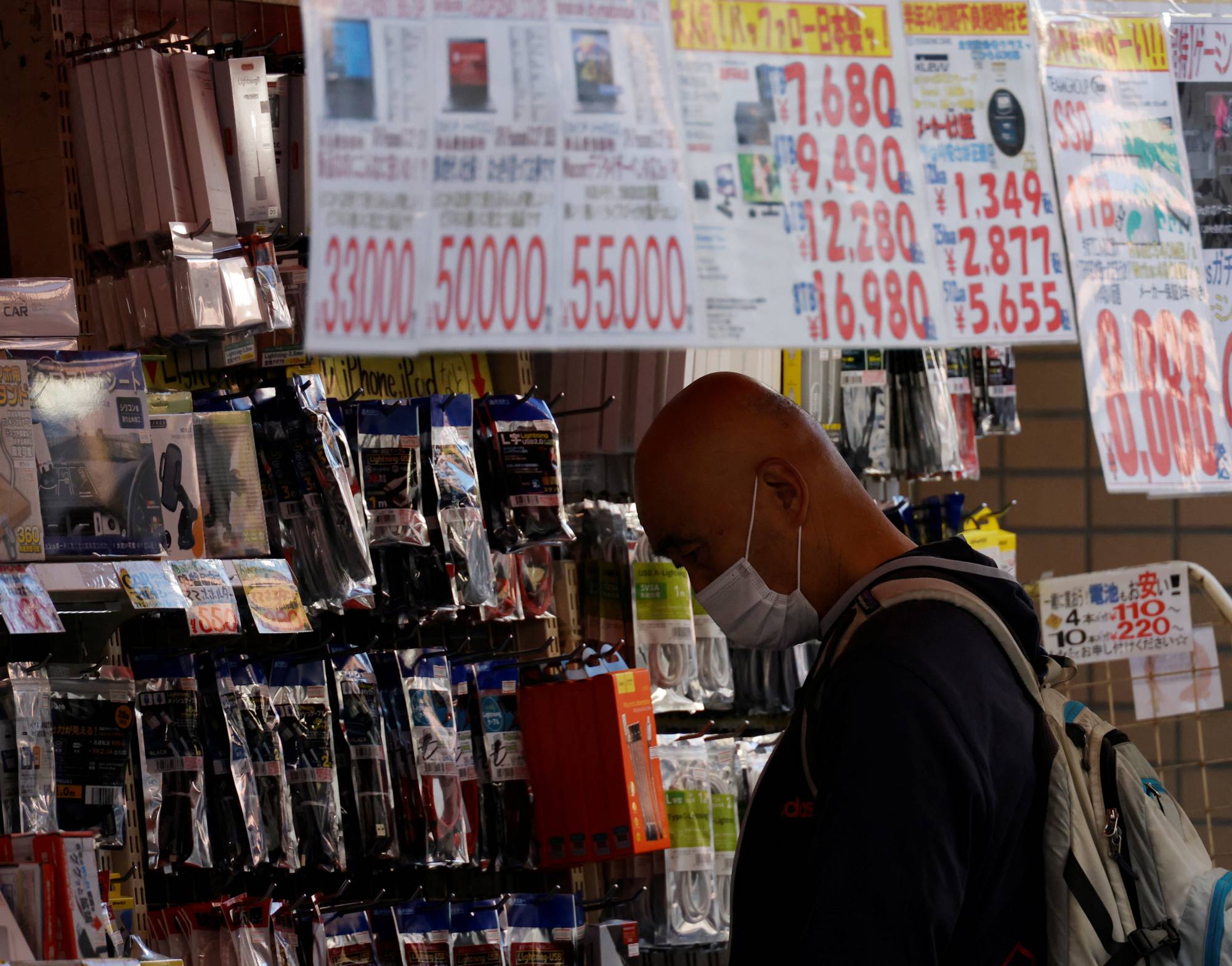Japan’s household spending increased for the first time in three months in September, showing some recovery despite growing concerns over inflation weighing on households’ spending power.
Household outlays gained 1.8% from August, led by furniture, household items and clothing, the ministry of internal affairs reported Tuesday. Spending levels compared with the previous year came in weaker than expected, rising 2.3%, compared with analysts’ 2.6% forecast. Spending also fell 1.6% for the quarter compared with the previous three months.
A separate data report showed wages maintained an upward trend on a year-on-year basis, climbing 2.1% in September, although it continued to decline when accounting for inflation.
















With your current subscription plan you can comment on stories. However, before writing your first comment, please create a display name in the Profile section of your subscriber account page.